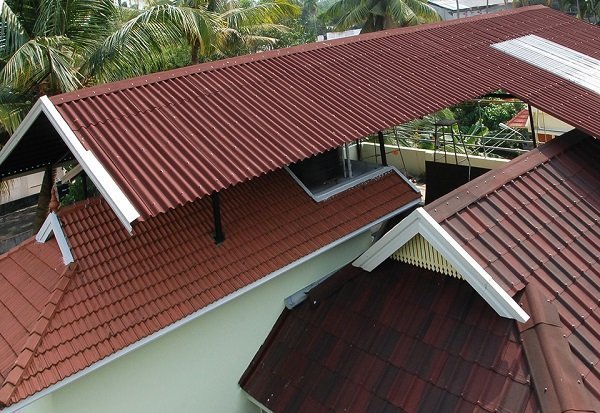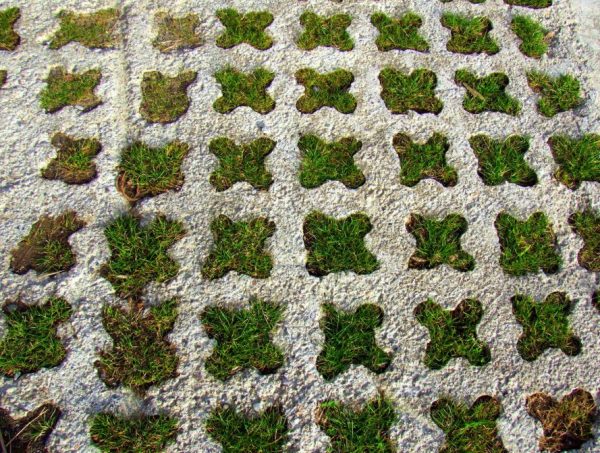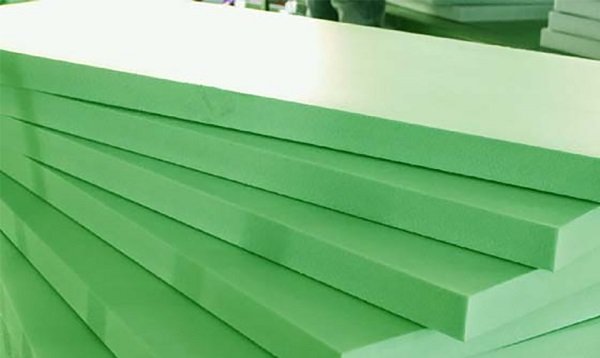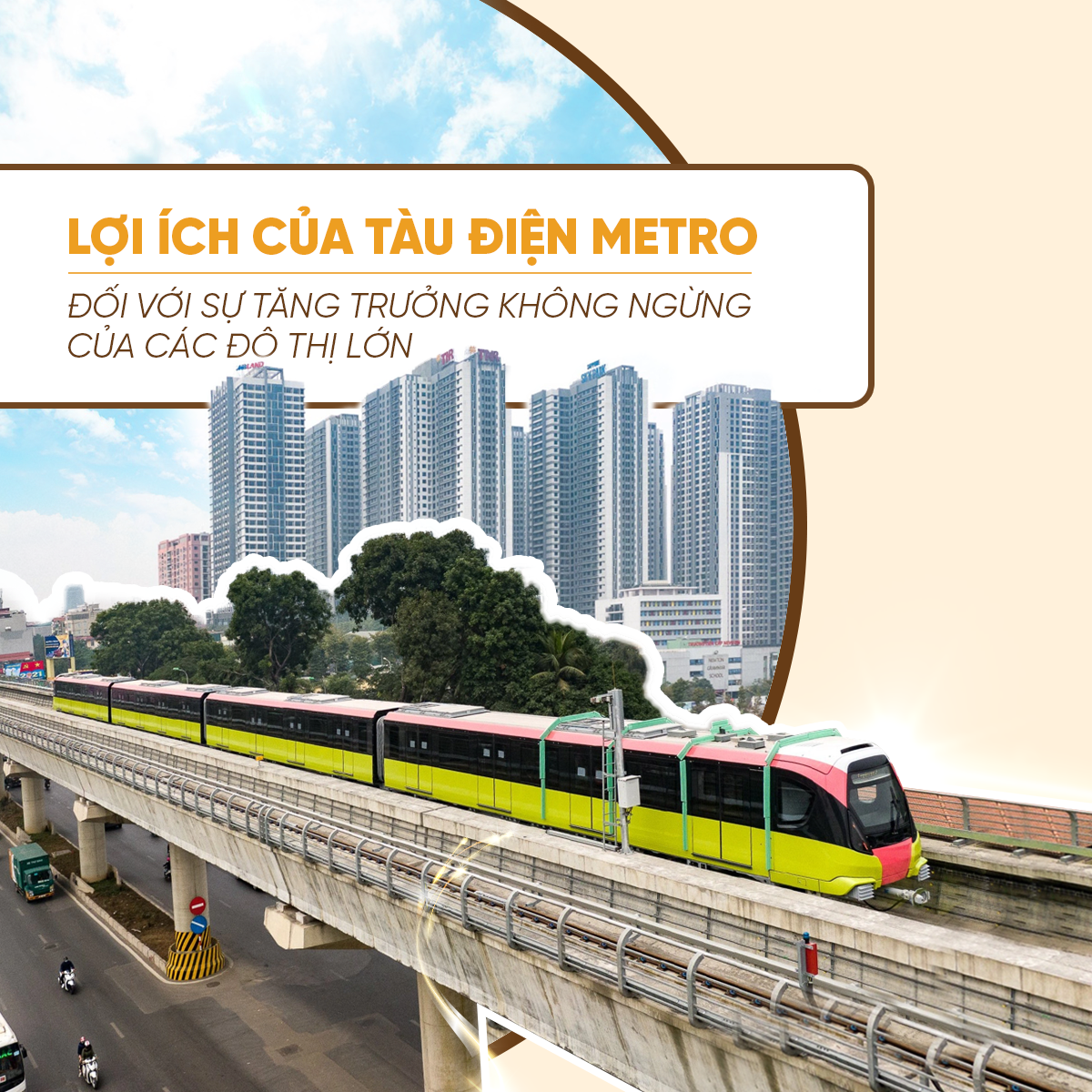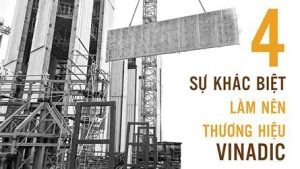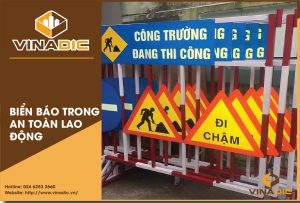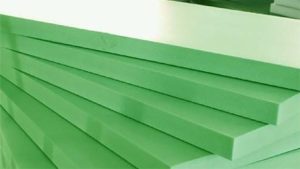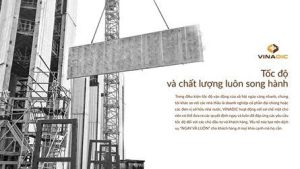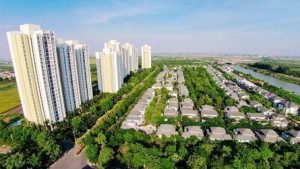Along with the development of smart cities, green, environmentally friendly materials that help save energy are the trend that construction businesses choose.
According to experts in the field of construction, producing and using green building materials contributes to saving resources, saving energy, and minimizing environmental pollution… Many types of green building materials have been encouraged. used, but the most common are unburnt construction materials. Production materials are taken from industrial waste, can be reused, and are easy to destroy after no longer having any function.
Insulating
Made of PS (Polystyrene) plastic, this material is non-toxic and has heat-insulating properties, resists high compression forces, is waterproof, and is anti-corrosion. Insulation foam has a long lifespan and low thermal conductivity. The material is light in weight so it is convenient to transport.
In addition, insulating foam has soundproofing properties, suitable for use as partitions in restaurants and entertainment rooms.
Ecological roofing
Is a tile-like roofing material, produced from environmentally friendly recycled materials, light in weight, with a wave-shaped design and improved tile-like color. Ecological roofing sheets can withstand storms and tornadoes up to 192 km/h, resist noise, and heat, and resist electrical conductivity.
Due to its lightweight, this material is suitable for roof repairs such as roofing over old leaky roofs, or roofing on prefabricated houses on the terrace to prevent heat and waterproofing. In particular, ecological roofing sheets can withstand harsh weather, do not rust in salt environments, and are suitable for marine areas.
Green wooden wall panels
The material is produced using steam pressure pressing technology from ground wood chips from salvaged tree branches and twigs. Green wall wood is composed of 97% wood chips, and the remaining 3% is adhesive. Wood is produced to make building walls and has advantages over natural wood such as no warping, no termites, fire resistance, and high durability. This material has standard sizes so construction is easy and quick. Another advantage of this type of wood is its lightweight, suitable for raising floors.
Vegetable concrete panels
This type of material is used for flooring on walkways, sidewalks, and in buildings that allow grass or flora to grow. Using vegetable concrete will reduce the use of concrete and improve the absorption and drainage of rainwater.
There are also some types of concrete produced from fly ash, which is exhaust dust in the form of dust particles obtained from the combustion of coal fuel in coal-fired thermal power plants that are also used in green buildings.
Along with vegetable concrete, there are other types of ‘green’ concrete on the market such as Sawdust concrete – a product made from sawdust and concrete mixed together; concrete from steel dust, this material is being researched and recycled from steel dust. This type of concrete absorbs CO2 during the drying and hardening process, is environmentally friendly, and is highly appreciated for using waste from the steel and glass industries.
ST


